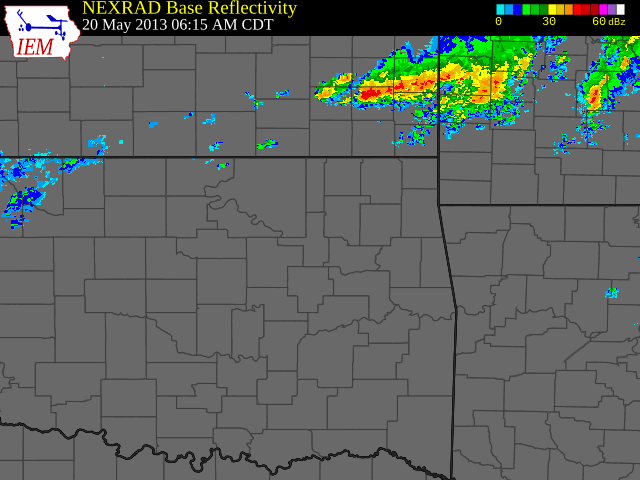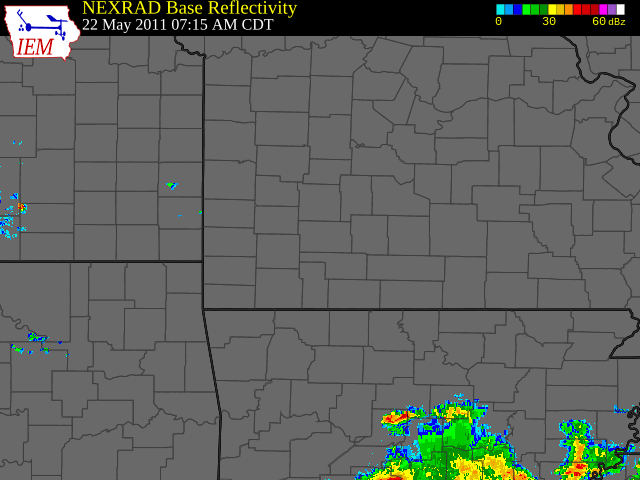The Evolution of Tornado Prediction and Protection Technologies in the United States

Photo by Jennifer Brindley Ubl

Photo taken on May 9, 2015, by Jennifer Brindley Ubl


Photo taken on June 15, 2023, by Mauro Greco
Play the Podcast and read along!
Music: Bensound.com/free-music-for-videos
License code: WWR5SAC4G5ZQSRDE
The evolution of Tornado Prediction and Protection Technologies in the United States, it has a long history. This timeline dates back all the way to 1640s where the first possible tornado was recorded. Now, before diving into that timeline and taking a look at the last EF 5 that struck the United States, we need to have a good understanding of what is a tornado, why are they important to understand, and why is it important to know how to stay safe from these very deadly and tragic storms.
I'm your host Kayla McDonald and in this podcast I will help give you the background needed to have a better understanding of these severe storms.
Now, let's start with 'what exactly is a tornado?' Tornadoes are violently rotating columns of air. They come from the clouds and touch the ground. Before a tornado is created, it starts out as a funnel cloud coming from (more often) super cell thunderstorms or hurricanes also produce these funnel clouds. Once the funnel cloud makes contact with the ground, that is when it becomes a tornado. If the funnel cloud never makes contact with the ground, it never becomes a tornado.
These super cell storms are very severe and powerful storms that has a violent rotating updraft. It makes these storms gain lots of energy and makes them very long lasting. Super cells produce tornadoes only about 10% of the time. With the statistic that the United States experiences about 1,000-1,100 tornadoes per year and super cells only produce them about 10% of the time, that goes to show how much severe weather the United States sees in a yearly basis.
Tornadoes appear in the rear flank of these super cells. It is when, in the flank, the base of the cloud lowers and it is called a wall cloud. This cloud then gives the ability to create funnel clouds, which then when touching the ground, makes your tornado.
Now, you may have heard of an EF1 tornado or an EF5 tornado. Maybe you haven't heard of EF at all, so what is the Enhanced Fujita scale? The Enhanced Fujita scale is how the National Weather Service and the National Oceanic and Atmospheric Administration rates their tornadoes. The Enhanced Fujita scale is basically a damage survey to estimate the type of wind speeds that we were experiencing with that tornado. The EF scale ranks tornadoes from EF0 all the way to EF5.
The last time the United States has seen an EF5 tornado was about 10 years. Back in 2013, Moore, Oklahoma saw an EF5 tornado, and the damage was horrendous.
When looking at the number of tornadoes per year versus the tornado deaths, both graphs aligned, don't seem to coincide. Why is that? That's because there can be a lot of tornadoes, but if they are all in a very low ranking or don't hit a popular area, then the death toll will be lower. But if there is an extreme EF going into EF 3 through even EF 5, that is when you start to see these more extreme death tolls coming with less tornadoes. In the last nine years, tornado deaths have gotten up to over 100 lives, and in the past, tornadoes have taken lives of over hundreds of people. So these severe storms need to be known, and if you ever encounter a tornado, you have to know what to do to stay safe.
A tornado has occurred in all 48 states of the mainland of the United States (when we're not including Alaska and Hawaii). Knowing what to do in these situations is very important to your safety and survival.
With the advancements in tornado prediction and protection technology, these death tolls have dropped dramatically. Back in the 1640s, when the first tornado was ever recorded, there was no prediction system to tell anybody if a tornado was coming. You would only know a tornado was there when you could see it was there.
I hope after listening, you have a better understanding of what a tornado is and how these tornadoes impact the United States every year. I also hope that you have a better appreciation when going through the timeline and seeing every technological advance that has come to now with the top notch technology that we have to help protect people and save lives.
Thanks for listening!




